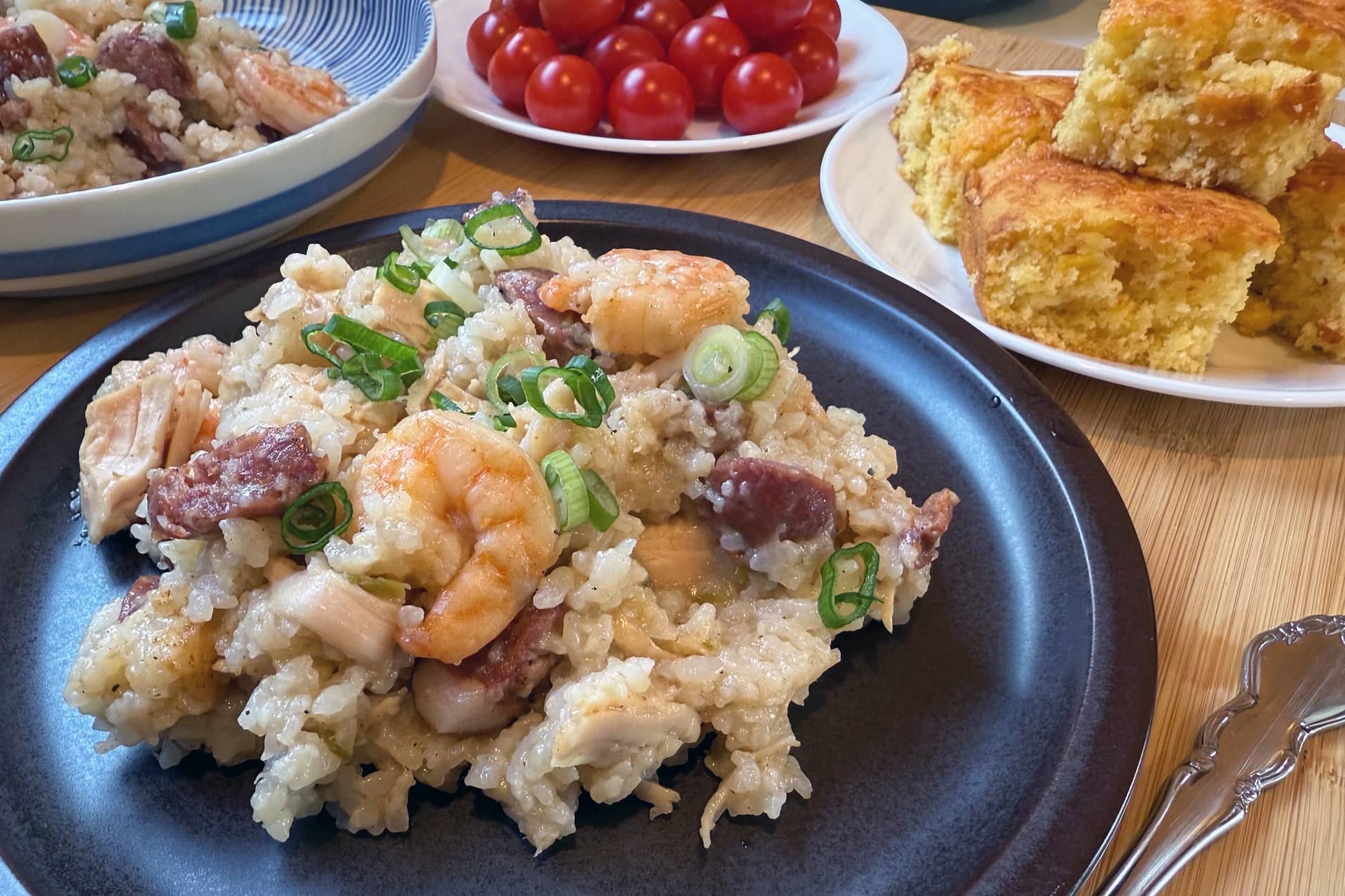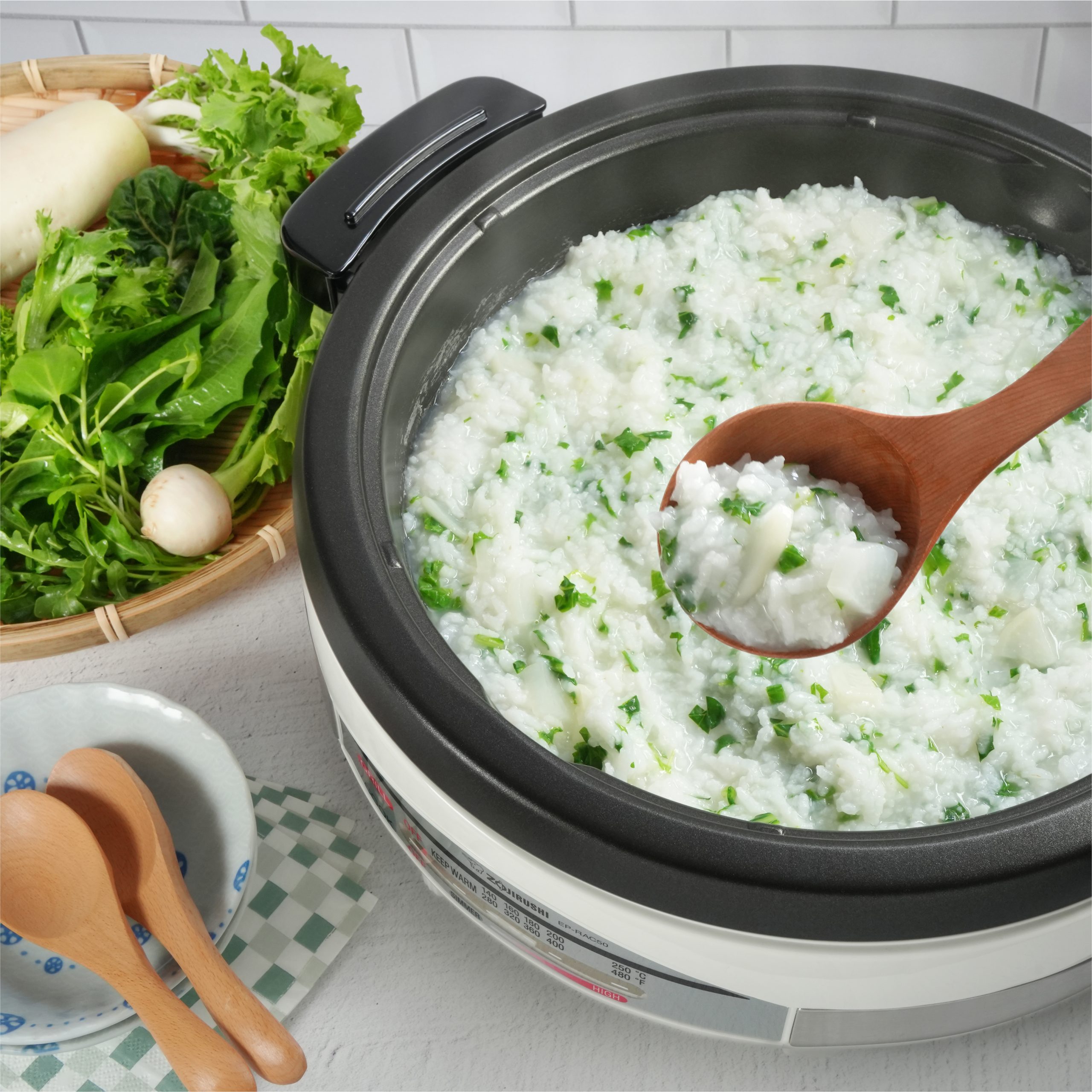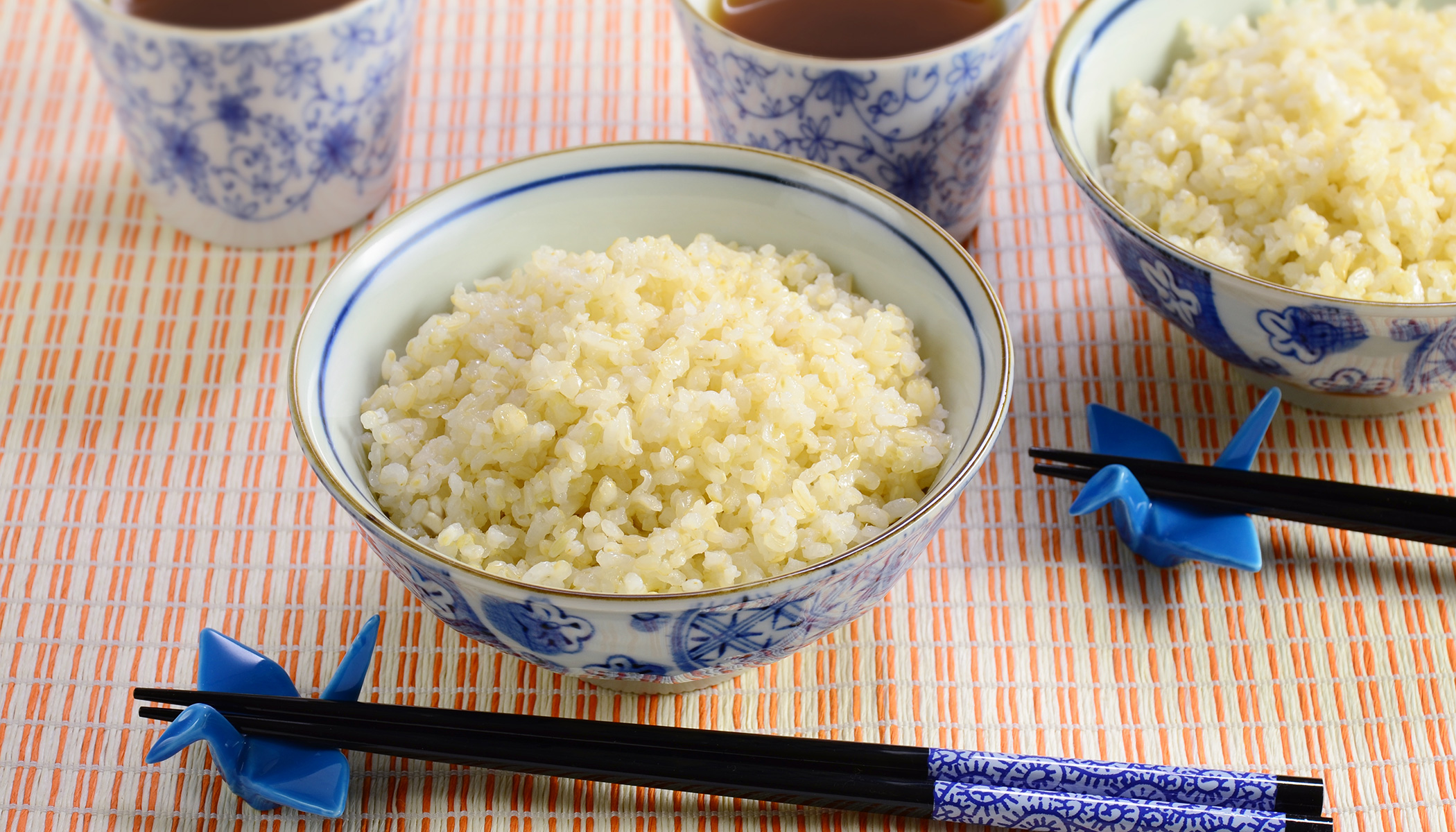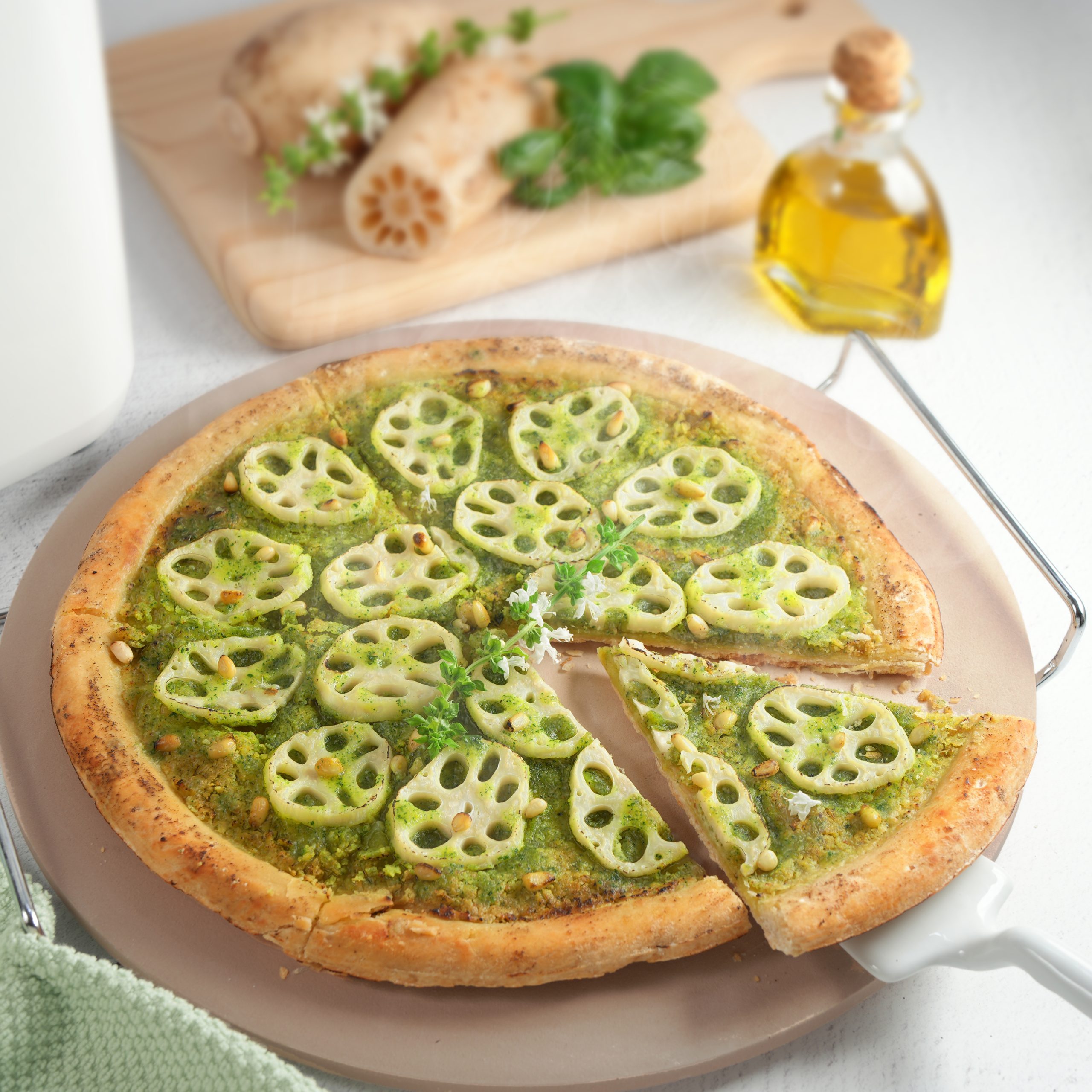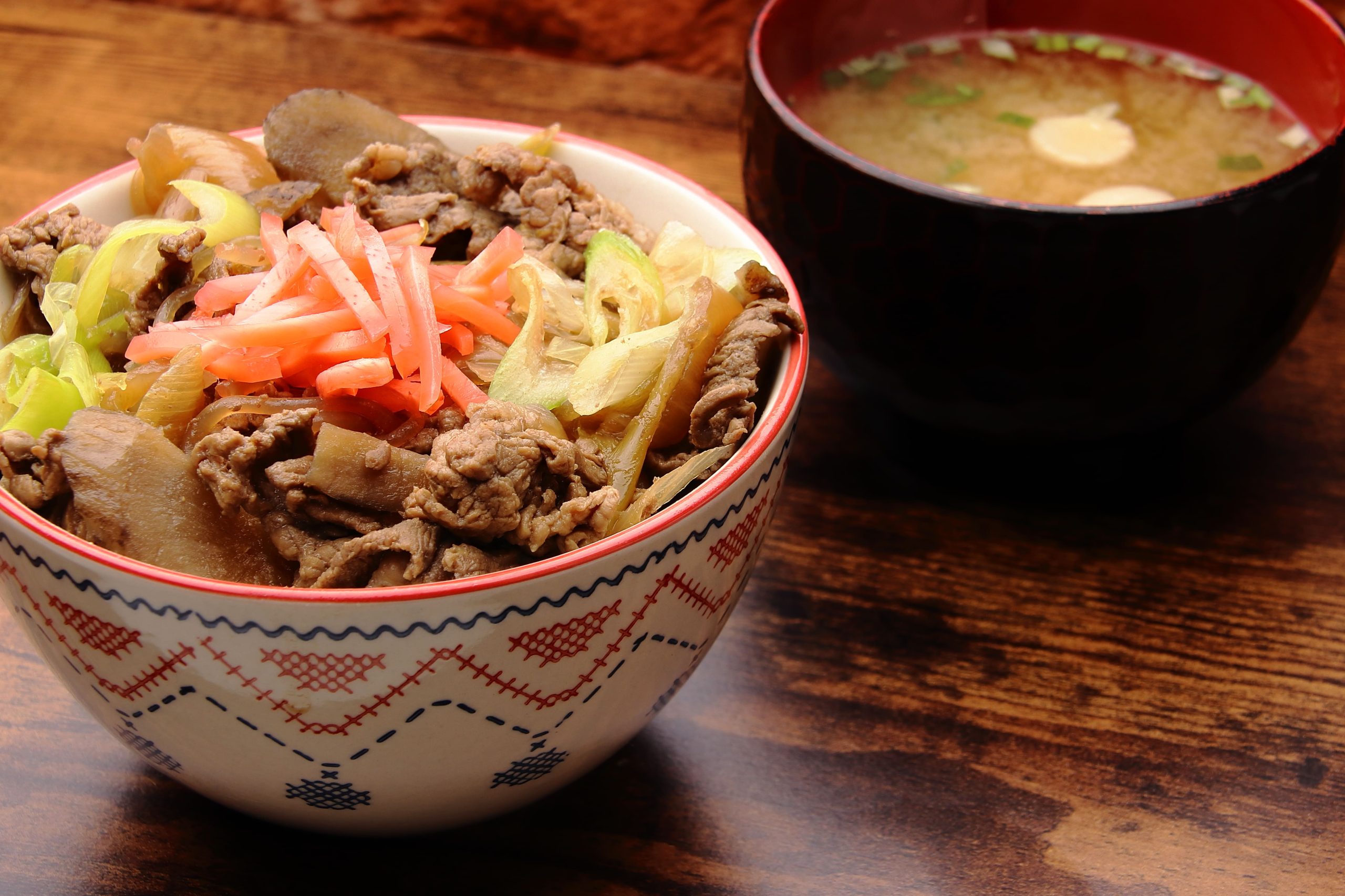Tag: comfortfood
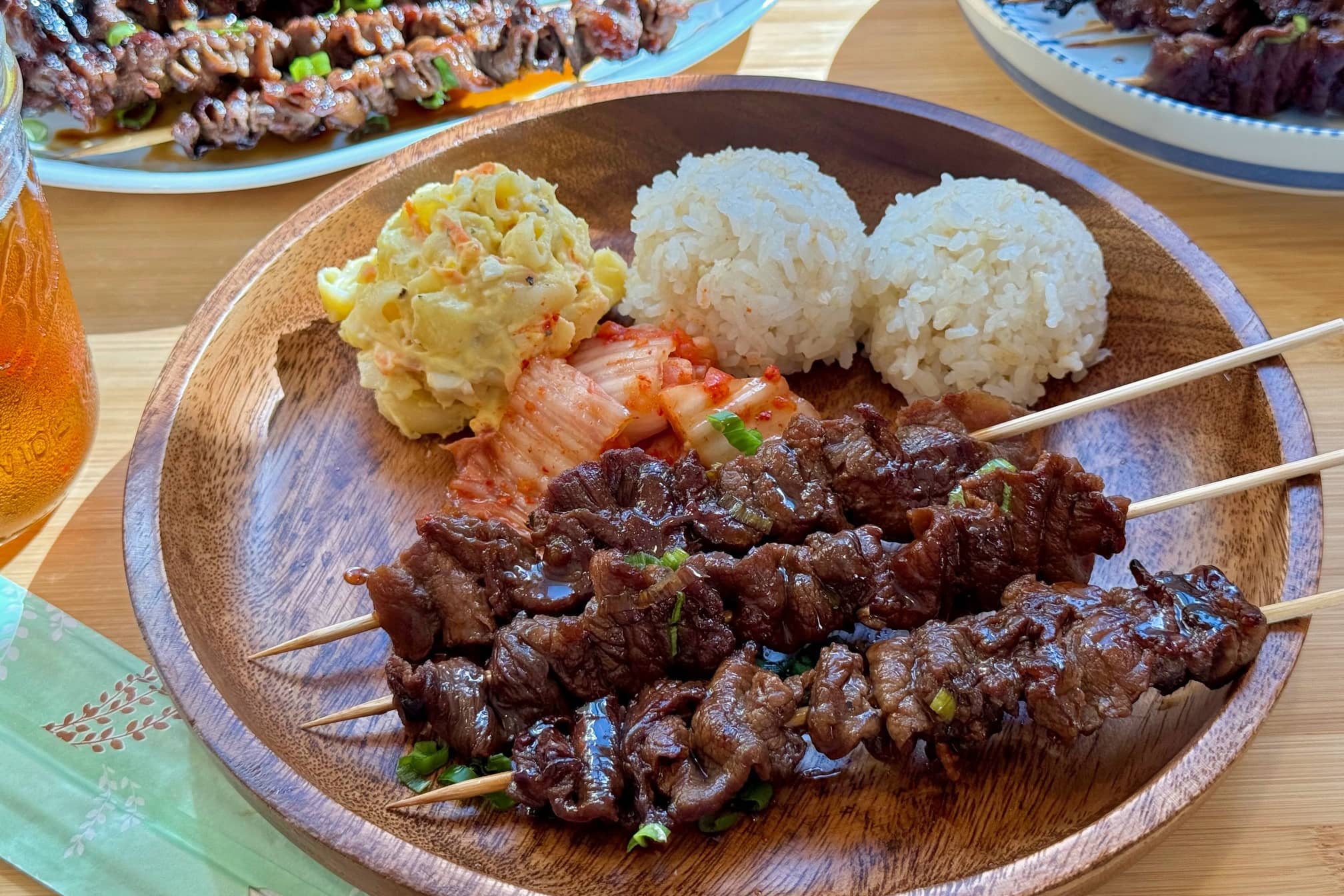
My Dad’s Day Favorites
Read more: My Dad’s Day FavoritesI’m a pretty simple guy. On Father’s Day when my kids would ask me what…

The Rice Cooker is My Friend
Read more: The Rice Cooker is My FriendIf you own a rice cooker, it’s time to give it a real workout. If…

Welcome the New Year with a Bowl of Tradition: Nanakusa-Gayu
Read more: Welcome the New Year with a Bowl of Tradition: Nanakusa-GayuAs we welcome the new year, it’s the perfect time to embrace traditions that promote…

Start the Year Right with Zojirushi: New Year’s Resolutions Made Simple
Read more: Start the Year Right with Zojirushi: New Year’s Resolutions Made SimpleThe start of a new year is an opportunity to reset, refocus, and work towards…

Exploring Unique Pizza Toppings in Japan
Read more: Exploring Unique Pizza Toppings in JapanMaking pizza has become a universal experience, enjoyed in kitchens all over the world. While…

The Art of Donburi: Japan’s Most Versatile Rice Bowl Dish
Read more: The Art of Donburi: Japan’s Most Versatile Rice Bowl DishDonburi, a classic Japanese rice dish, has been enjoyed for centuries. These hearty rice bowls…
